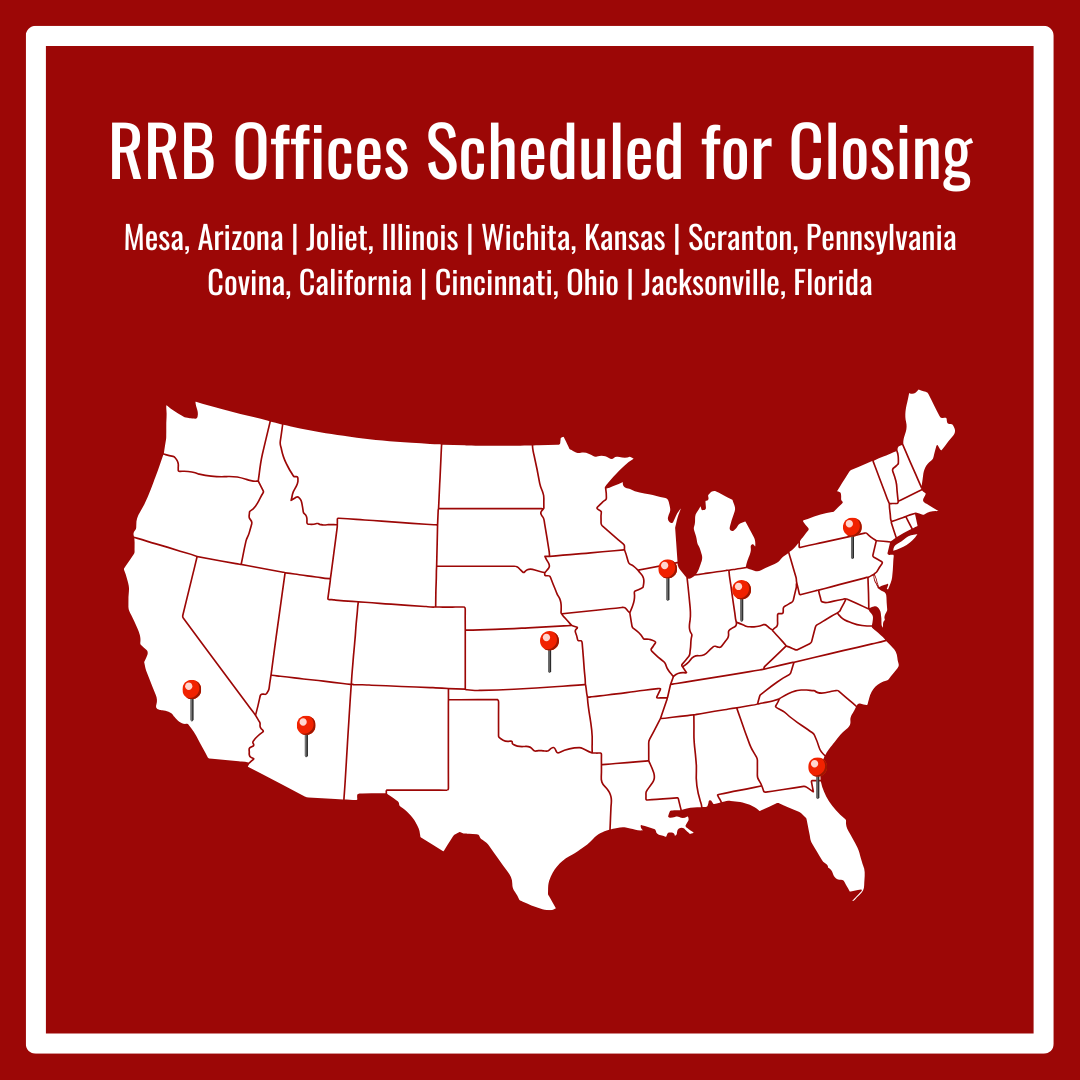Cost of Living Adjustment Will Increase Railroad Retirement Benefits
Most railroad retirement annuities, like social security benefits, will increase in January 2026 based on a rise in the Consumer Price Index (CPI) from the third quarter of 2024 to the corresponding period of the current year.
Cost-of-living increases are calculated in both the tier I and tier II portions of a railroad retirement annuity. The tier I portion, like social security benefits, will increase by 2.8 percent, which is the percentage of the CPI rise.





